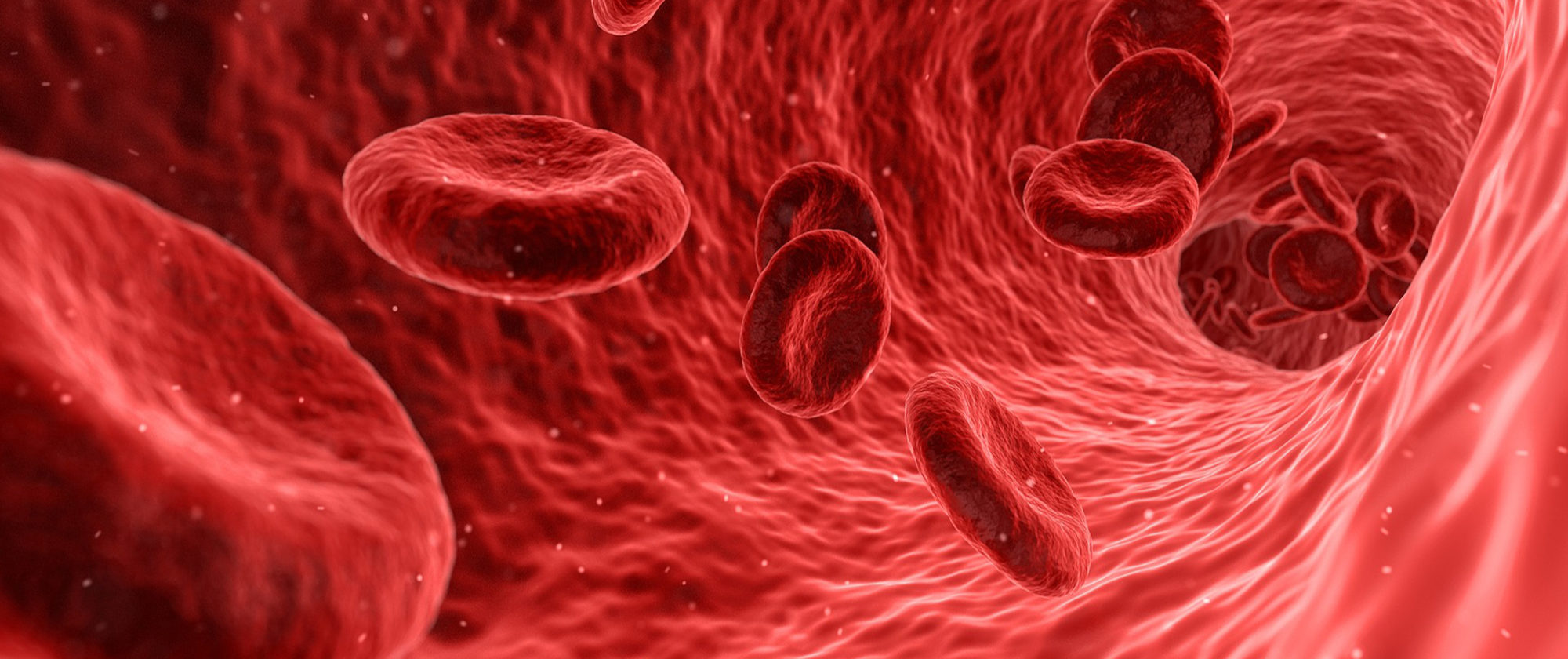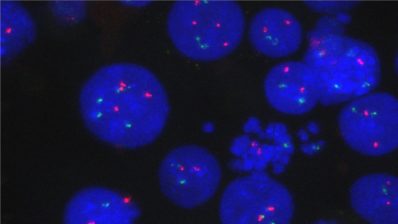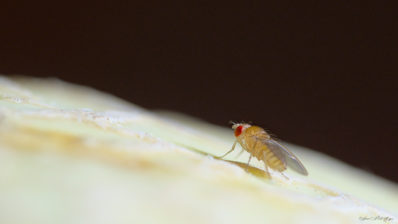Leukaemia is the cancer of the blood. The word comes from ancient Greek, where Leukós means white and haima means blood. And that is already a good hint on what it is: whiter blood.
Our blood is formed by a variety of cells and by a liquid called plasma. Each type of cells perform a different function and they co-exist in well-defined proportions:
- Erythrocytes or red cells, represent the vast majority (40-45% of the blood volume) and they are responsible for oxygen transport. They give blood its red color.
- White blood cells are mainly involved in immune defense. They can be subdivided in:
- lymphoid cells, like B and T lymphocytes
- myeloid cells, like neutrophils and macrophages
- Platelets are needed for blood coagulation.
All those different cells are generated by the blood stem cells in a hierarchical fashion, involving a pitfall of self-renew ability and multipotency (i.e. the ability to give rise to the whole range of blood cells).

This whole process is tightly regulated at all stages, in order to ensure the correct equilibrium among the different types of mature functional cells composing the blood.
Leukaemia is the cancer of the blood. It means “whiter blood” because in leukemia red cells are less predominant than they usually are over the white ones.
The maintenance of such balance ultimately relies on the fine gene regulation of blood stem cells and progenitors. Consequently, it is not surprising that when those cells suffer one or more mutations that give them proliferative advantage, they act out, breaking the equilibrium, and thus generating leukaemia. With the proportions disrupted, red cells are less predominant than they usually are over the white ones; this is why this condition was named WhiteBlood.
When things go wrong
Leukaemia is generated by cells that lose their ability to differentiate and generate mature functional blood cells, and in contrast increase their ability to proliferate. Thus, they are stuck in an immature state, where they outgrow, hampering the function of the whole hematopoietic system and ultimately invading other organs.
The first signs of leukaemia include fatigue, recurrent infections and heavy bleedings. These symptoms are caused mainly by two concomitant events, like the two sides of the same coin: the shortage of functional blood cells, and the overabundance of unfunctional immature ones.
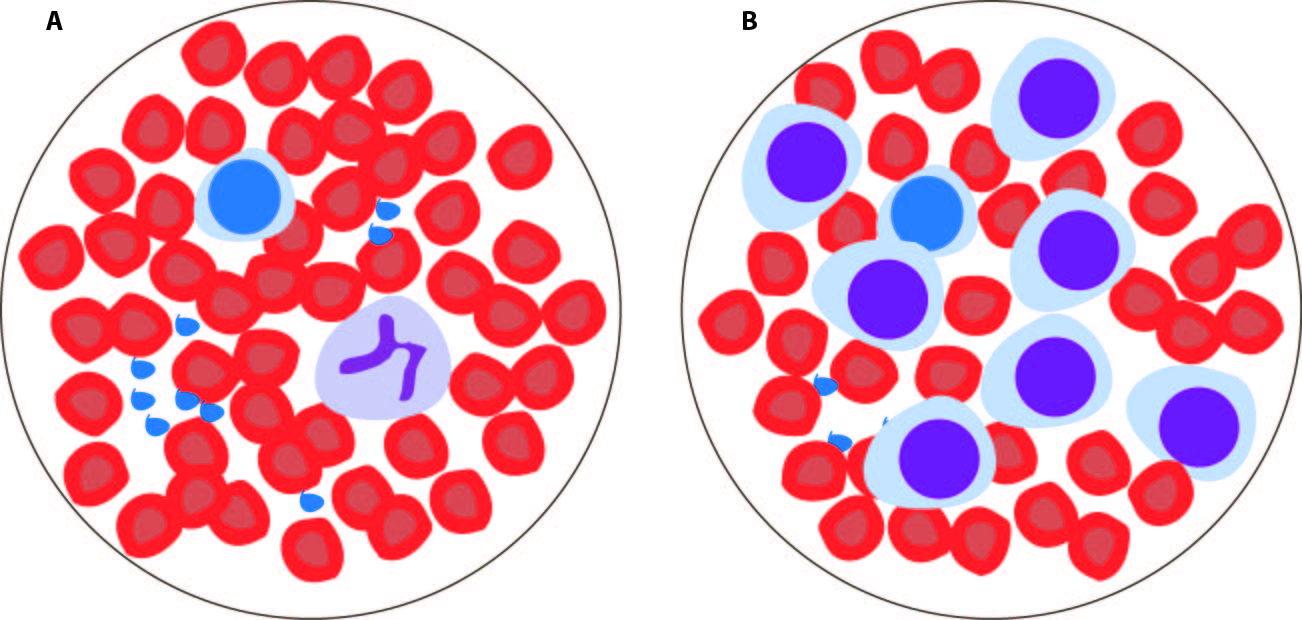
The mutations that cause leukemia can take place in different cells of origin, giving rise to the different types of leukaemia:
- Lymphoid leukaemias are characterized by the overgrowth of lymphoid progenitors and are predominant in children and teenagers.
- Myeloid leukaemias take place when myeloid precursors are mutated, and typically affect the elderly.
Furthermore, leukemias are also categorized according to the speed of the outgrowing population of cancer cells:
- Acute leukaemias are formed by fast-proliferating cells and would be fatal to the patients in few months if left untreated.
- Chronic leukaemias are characterized by a slower pace of cancer progress and can go undiagnosed for years.
This double classification comprises the majority of leukemia subtypes, although other forms also exist.
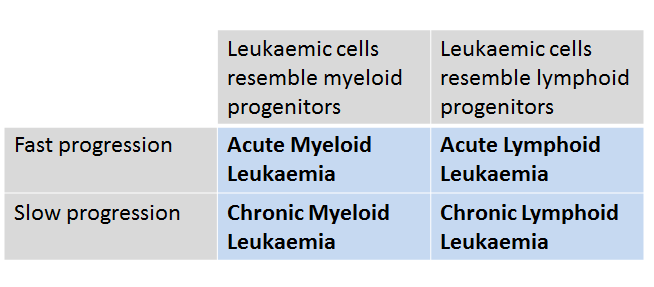
Every year approximatively 13.8 new cases of leukemia are diagnosed every 100,000 citizens. That means more than 70,738 new cases in Europe every year, and the number continuously increases.
Finding new good treatment options for leukemia is therefore urgent, and it represents a priority research area around the world, where many improvements are being achieved by the scientific community.


